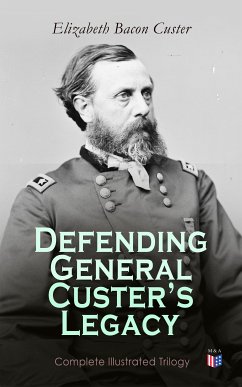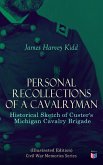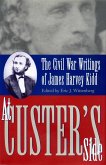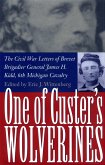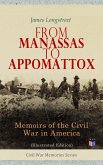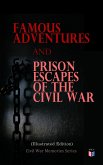Elizabeth Bacon Custer began writing articles and making speaking engagements praising the glory of what she presented as her "martyred" husband, General George Armstrong Custer. Her three books-Boots and Saddles (1885), Tenting on the Plains-(1887), and Following the Guidon (1890) aimed at glorifying her dead husband's memory. Though generally considered to be largely factually accurate, they were clearly slanted in Custer's favor. Her efforts were successful. The image of a steely Custer leading his men against overwhelming odds only to be wiped out while defending their position to the last man became as much a part of American lore as the Alamo.
Dieser Download kann aus rechtlichen Gründen nur mit Rechnungsadresse in A, B, BG, CY, CZ, D, DK, EW, E, FIN, F, GR, H, IRL, I, LT, L, LR, M, NL, PL, P, R, S, SLO, SK ausgeliefert werden.

